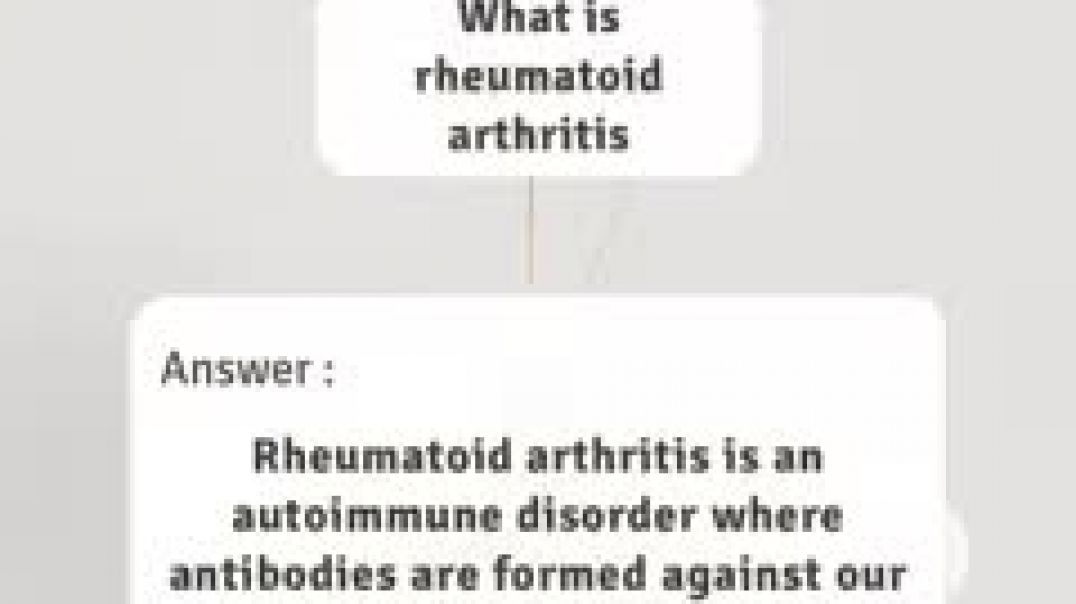BLOOM SYNDROME: Symptoms, Causes, Treatment, USMLE - What is Bloom Syndrome?
Thanks for watching. Be sure to hit LIKE & SUBSCRIBE &NOTIFICATION BELL to not miss a single video!
What is Bloom syndrome?
Bloom syndrome (often abbreviated as BS in literature)[1] is a rare autosomal recessive genetic disorder characterized by short stature, predisposition to the development of cancer, and genomic instability. BS is caused by mutations in the BLM gene which is a member of the RecQ DNA helicase family. Mutations in other members of this family, namely WRN and RECQL4, are associated with the clinical entities Werner syndrome and Rothmund–Thomson syndrome, respectively. More broadly, Bloom syndrome is a member of a class of clinical entities that are characterized by chromosomal instability, genomic instability, or both and by cancer predisposition.
How common is Bloom syndrome?
Bloom syndrome is a rare disorder. Only a few hundred affected individuals have been described in the medical literature, about one-third of whom are of Central and Eastern European (Ashkenazi) Jewish background.
Is Bloom syndrome fatal?
And many persons with Bloom syndrome have been diagnosed with multiple cancers. The average life span is approximately 27 years. The most common cause of death in Bloom syndrome is from cancer. Other complications of the disorder include chronic obstructive lung disease and type 2 diabetes.
What are the available treatments for Bloom syndrome?
Although there is currently no treatment aimed at the underlying genetic abnormality, persons with Bloom's syndrome benefit from sun protection, aggressive treatment of infections, surveillance for insulin resistance, and early identification of cancer.
How do you test for Bloom syndrome?
Most people with Bloom syndrome develop some type of cancer by age 40. Bloom syndrome is caused by genetic variants in the BLM gene and is inherited in an autosomal recessive pattern. Diagnosis is based on the symptoms, a clinical examination, and confirmed by the results of genetic testing .
How often is Bloom syndrome born?
The incidence of Bloom syndrome is unknown, and fewer than 300 affected individuals have been reported. Approximately one-third of people with the disease are of Ashkenazi Jewish descent, making it more common in this population than in others. Roughly 1 in 48,000 Ashkenazi Jews is affected by the disease.
What Chromosome does Bloom syndrome affect?
The gene for Bloom syndrome, BLM, is located on chromosome 15 (gene locus is band 15q26. 1). Mutations in this gene cause errors in the copying process during DNA replication and result in a higher number of chromosome breakages and rearrangements/sister chromatid exchanges.
Are there prenatal tests for Bloom syndrome?
Prenatal diagnosis of Bloom syndrome is possible with amniocentesis for amniotic fluid cell culture to assess for a high number of sister chromatid exchanges; DNA analysis will be available in the near future
Which step in DNA replication is affected by Bloom syndrome?
Bloom Syndrome
Bloom syndrome (BS) is a rare autosomal recessive disorder characterized by genomic instability and CID. BS results from a mutation in the BLM gene, which encodes a helicase enzyme that resolves DNA replication forks that have stalled due to DNA damage.
#bloomsyndrome #doctor #usmle
-
Category





















No comments found